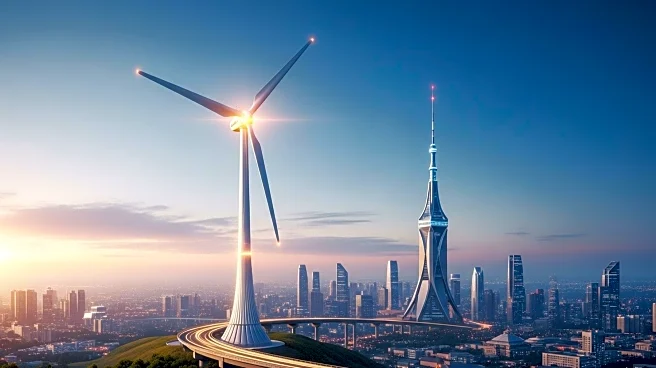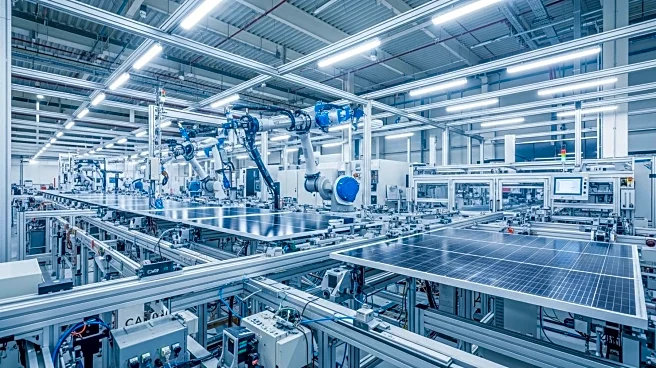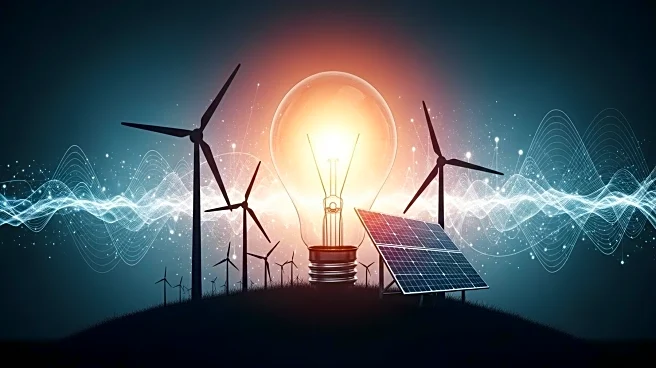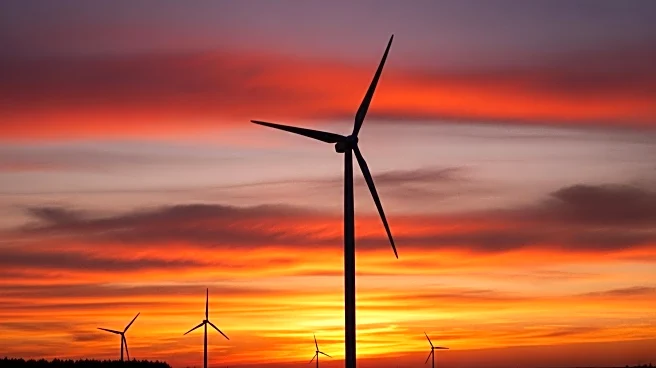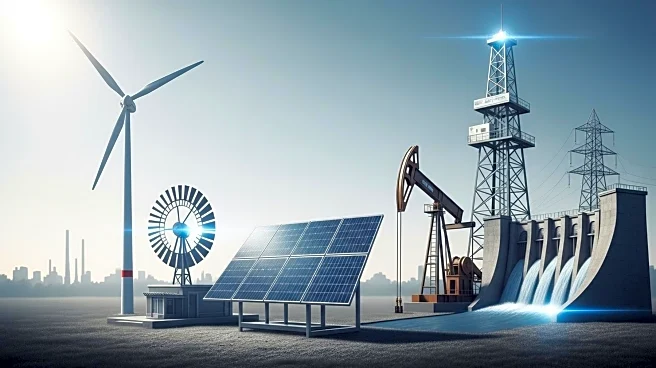What's Happening?
Mike Sommers, President and CEO of the American Petroleum Institute (API), delivered a speech at the Drake Well Museum, emphasizing the need for a new era of American energy leadership. Sommers highlighted the increasing demand for energy in the U.S., driven by factors such as artificial intelligence, advanced manufacturing, and population growth. He stressed the importance of building modern infrastructure to meet this demand, citing the frequent cancellation of pipeline projects due to economic and timely construction challenges. Sommers introduced the API's 'America Builds, America Wins' campaign, which proposes setting deadlines, reducing lawsuits, and ensuring swift decision-making to facilitate energy progress. He underscored the potential for the U.S. to remain a leading producer of oil, gas, and renewable energy.
Why It's Important?
The call for enhanced energy leadership and infrastructure investment is crucial as the U.S. faces rising energy demands. Meeting these demands is essential for economic growth, job creation, and consumer satisfaction. The emphasis on infrastructure development could lead to significant advancements in energy production capabilities, positioning the U.S. as a global leader in energy. This initiative could also influence public policy, encouraging lawmakers to prioritize energy infrastructure projects. The campaign's success may impact various stakeholders, including energy companies, construction firms, and consumers, by fostering a more reliable and efficient energy supply.
What's Next?
The API's campaign may prompt discussions among policymakers regarding the implementation of proposed measures. Stakeholders, including energy companies and construction firms, might engage in lobbying efforts to support infrastructure development. The campaign could lead to legislative actions aimed at streamlining project approvals and reducing legal barriers. Additionally, public and private sector collaborations may emerge to accelerate infrastructure projects, potentially influencing the U.S. energy landscape in the coming years.
